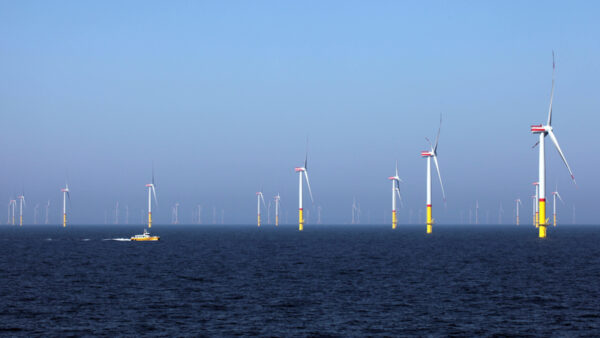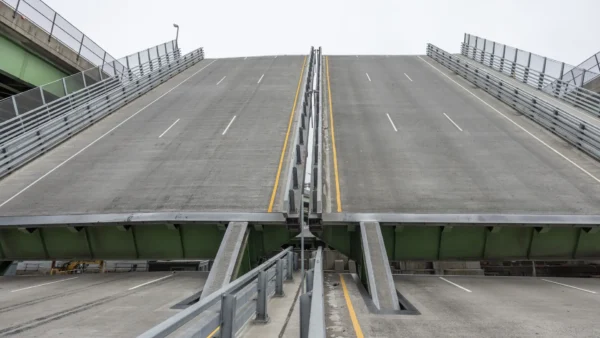Four years after the Fukushima Daiichi disaster, Japan’s Nuclear Regulation Authority has given its approval for the first restart of a reactor, signalling the beginning of the return of Japan’s nuclear energy industry. Â
The NRA has approved the redesign of Kyushu Electric Power’s Sendai 1 reactor on the southern island of Kyushu. It is now conducting a battery of safety tests, which are expected to be complete in August, after which the 846MW reactor will come back online. The Sendai station’s second reactor is expected to follow suit in October. Â
The return of nuclear power will be a welcome development for Japan’s government: before the partial meltdown at Fukushima, nuclear power accounted for 48GW, or 30% of the country’s generating capacity, and the plan was to increase this to 50% by 2030. Â
The result of the shutdown was a severe curtailment of electricity use, forcing all users to cut back and triggering an increase of 25% in fossil fuel imports, which last year made up almost one third of Japan’s total overseas spending. The combination of higher imports and lower production in 2011 created a $32bn trade deficit, the first for 31 years.Â
It is likely that of the 54 reactors in operation before the Great East Japanese Earthquake, only 43 will be re-commissioned. The remainder will be scrapped because of high costs, local opposition or seismic risks, according to Reuters.Â
Meanwhile, the Tokyo Electric Power Company (Tepco) has announced that it hopes to decontaminate the radioactive water it is storing at the Fukushima site. This is water that has been used to keep the melted fuel in the three wrecked reactors at a safe temperature, and the 400 tonnes of groundwater that seeps onto the site each day. Â
The plant is presently storing about 200,000 tonnes of contaminated water in more than 1,000 tanks. Akira Ono, the plant’s manager told The Lancet magazine: ” “The contaminated water is the most pressing issue, there is no doubt about that. Our efforts to address the problem are at their peak now.”Â
Tepco hopes to decontaminate most of the water using three advanced liquid processing systems, which filter out radionuclides and reduce radioactive strontium to non-detectable levels. The NRA has said that it expects the volume of contaminated water stored on site to be reduced by 2017 through treatment and discharge into the sea.Â
Tepco has also managed to remove 1,331 used fuel assemblies from a storage pool inside one of the reactor buildings that were damaged by hydrogen explosions. Speaking at a press conference, Yuichi Kagami, the Tepco engineer who oversaw the removal, called it “a big step forward in the decommissioning process.”Â
Photograph: Sendai nuclear power station in the extreme south of Japan (Source: Wikimedia Commons)






